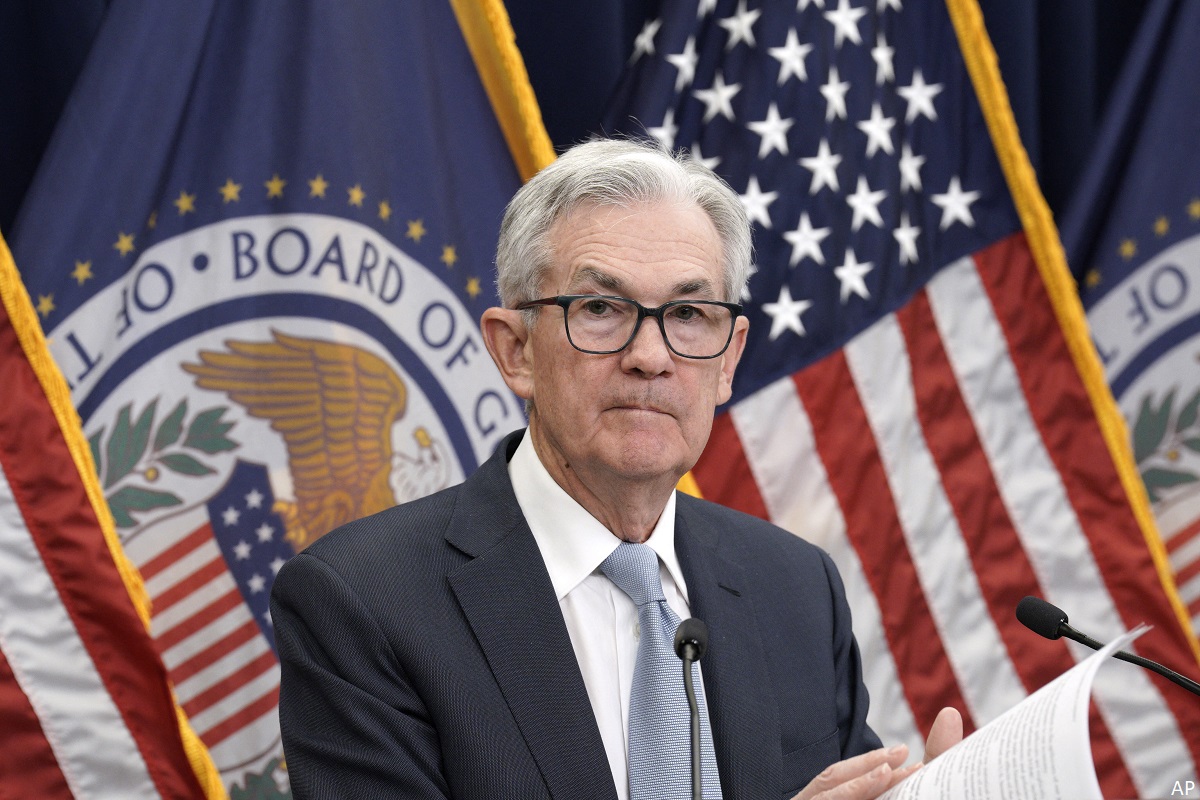
The fallout from a US short-seller’s scathing report into Adani – which alleges stock manipulation and fraud – has so far wiped more than $100 billion off the Indian conglomerate’s value. Adani’s sprawling interests include ports, power, airports, rail, and coal mines.
However, Canadian funds have limited exposure to Adani Enterprises. According to Morningstar Data, 15 Canadian funds hold various Adani stocks and have a combined total exposure of a little over $40 million. All the data is as of the fourth quarter of 2022:
Adani: A Company in Crisis
Adani has been in crisis mode since the publication of a report by US short-seller Hindenburg Research a week ago, which alleges the group’s founder and chairman Gautam Adani is “pulling the largest con in corporate history” through “a brazen stock manipulation and accounting fraud scheme over the course of decades.” Adani has denied the allegations, labelling the report as a “malicious combination of selective misinformation and concealed facts.”
The plunge in Adani shares is one of the biggest wipeouts in corporate history.
Should Canadian Investors Care About Adani Losses?
Morningstar Canada’s director of investment research Ian Tam says, that most Canadian investors will have very little exposure to Adani through ownership of traditional mutual funds or ETFs: “Insofar as concerns about one's own financial goal, if you're invested in a diversified portfolio of stocks, you've likely got very little to be concerned about here. However, Adani's recent fall is a great example of how understanding a company's governance structure (the "G" in ESG) is an important consideration when investing in any company, even if for none other than risk mitigation reasons," he adds.
Good governance is important as it delineates the motivations of company management (often under the direction of the CEO), and the motivations of the shareholders (represented by the Board of Directors). “Having this delineation ensures that the company moves in a direction that is in the best interest of shareholders. When these lines are muddled, a conflict-of-interest forms, ultimately degrading trust with shareholders and subsequently sentiment on the stock's price," he notes.




















